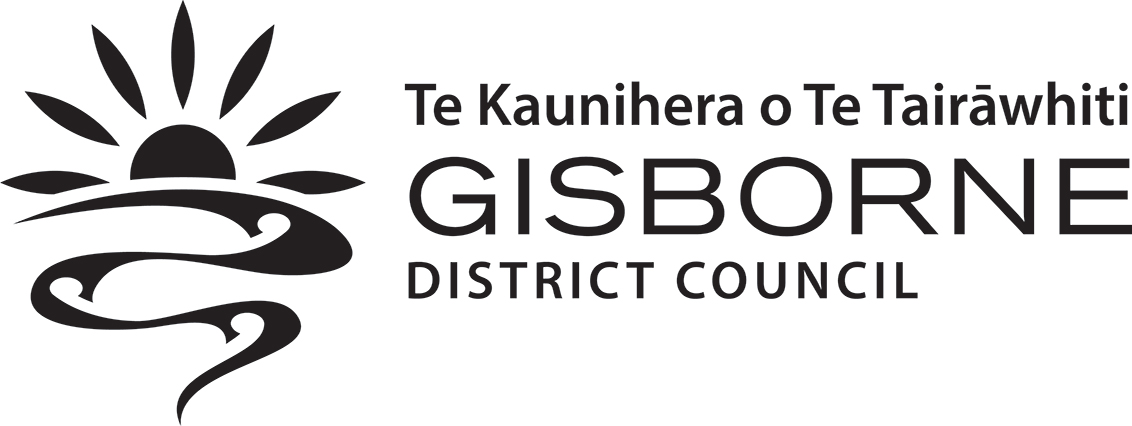The stock exclusion regulations prohibit cattle, pigs and deer to rivers, wetlands and lakes to reduce the impact of damage to our waterways. Sheep are excluded from the requirements.
Rules for excluding stock from waterways
Under New Zealand's nationwide stock exclusion rules:
- all dairy cattle must be kept out of waterways with a bed wider than 1 metre.
- new fences built after 2020 must be placed at least 3 metres away from the waterway
- existing fences (built before 2020) do not need to be moved unless they require replacing.
Riparian vegetation that effectively prevents stock access to riverbeds is an acceptable alternative to fencing.
If you hold a resource consent with stricter stock exclusion conditions than these rules, your consent conditions take precedence.
Key dates to exclude stock
| Stock excluded | Timeframe |
|---|---|
| Dairy cattle (not dairy support), pigs, all cattle and deer on land used for fodder or break feeding and on irrigation pastures (all slopes) | 1 July 2023 |
| All stock excluded from wetlands identified in a regional or district plan (all slopes) | 1 July 2023 |
| All stock from wetlands is identified in a regional plan that gives effect to the new NPS-FM and all stock from wetlands greater than 0.05ha on low slope | 1 July 2025 |
| All beef, cattle, deer, dairy support cattle on mapped low slope <10° | 1 July 2025 |
Tairāwhiti Resource Management Plan rule
In the plan rule C6.3.7(1) states that stock access to the bed of any lake, river, or stream by livestock, excluding formed stock crossings and stock access where resource consent is required under Section C6.2.8 0 diffuse discharges from stock grazing, horticulture, agriculture and forestry. This is a permitted activity as long as it meets the activity standards and general standards below.
If the activity is provided for within a Farm Environmental Plan prepared in accordance with Appendix H20 certified by the consenting authority that addresses the adverse effects of stock in surface waterbodies: or
The activity complies with the following standards;
- The stock access shall not directly contaminate a bathing site listed in Schedule G19 in the period between 1 October and 30 April, inclusive;
- The bed is not used as a standoff for stock and there is no feeding out of supplementary feed on the bed of any lake, river or stream;
- The stock access shall not cause significant revegetation of the bed or banks of the lake, river or stream and grazing shall be managed to maintain sufficient vegetation cover to provide a filter between land and the surface waterbody;
- The stock access does not give rise to any of the following effects on water quality;
- The production of conspicuous oil or grease films, scums or foams, or floatable or suspended materials:
- Any conspicuous change in the colour or visual clarity;
- Any emission of objectionable odour;
- The rendering of freshwater unsuitable for consumption by farm animals; or
- Any significant adverse effects on aquatic life including preventing fish spawning or migration.
The following standards shall apply to all permitted stock grazing and vehicle access activities in the beds of lakes, rivers and streams:
- The activity shall not cause or induce erosion to the bed or banks of the surface waterbody;
- The activity shall not damage or destroy wetland, or a whitebait spawning site identified in schedule G15(D);
- The activity shall not destroy significant aquatic indigenous vegetation, or aquatic habitat or spawning areas of indigenous species, or significant habitats if trout, as identified in Schedules G15, G17, and G18.
Why it’s important to protect our waterways
Across the country, more than 95% of rivers flowing through urban and farmland areas are polluted, and nearly 90% of wetlands have been drained.
Around 76% of freshwater fish species are currently under threat. This includes New Zealand's long finned and short finned eel species. freshwater crayfish (koura), mussels and invertebrate species are also suffering from the polluted waterways.
Fertilisers are used to improve pasture growth to ensure stock are able to have enough food within their paddocks. These fertilisers contain chemical compounds such as nitrogen, phosphorous and potassium.
When excess fertiliser are not used by the plants it can leach into the nearby waterways. While stock excrement contains some of the same chemicals, when these chemicals leach into waterways the enrichment from them causes algal blooms.
Algal blooms along with other weeds can smother the waterways causing less space for fish species, block migration paths and hinder their ability to access food. As the blooms run out of nutrients, they die off. As they decay, they use up the available oxygen within the waterway, leaving no oxygen for the rest of the organisms in the waterways. This results in eutrophication to occur which cause these organisms to die off.
Stock excrement in waterways is a direct source of pathogens in the waterways. Pathogens are bacteria or microorganisms that can cause diseases such as E.coli within the waterways.
Excluding stock from waterways is also beneficial to farmers. It can reduced occurrences of injury, sickness and death related to waterway access especially relating to bad weather events.
Stock exclusion regulations
Stock Exclusion Regulations - Ministry for the Environment's website
Key terminology
Rivers and streams - continuously or intermittently flowing body of water including modified watercourses. This does not include artificial watercourses such as irrigation canals or farm drains.
Lakes - body of freshwater which is surrounded by land.
Wetlands - permanently or intermittently wet areas, shallow water, and land water margins that support a natural ecosystem of plant and animals that are adapted to wet conditions.
